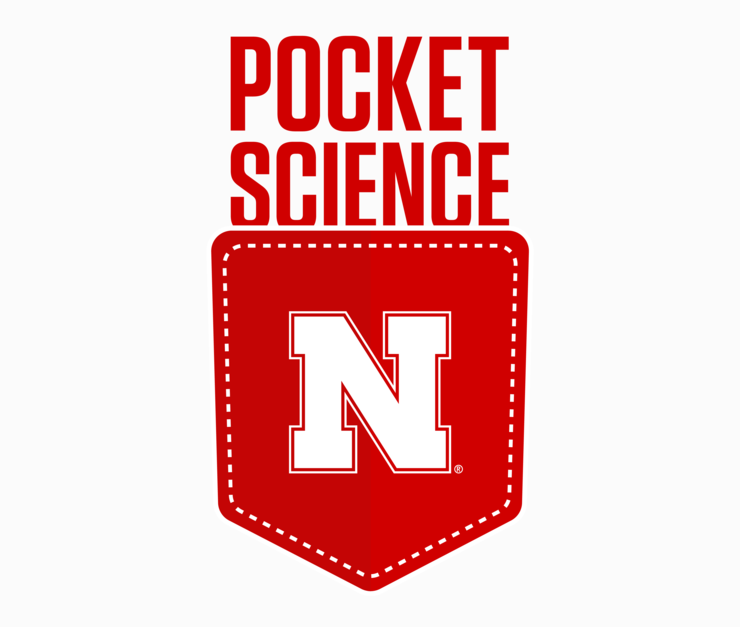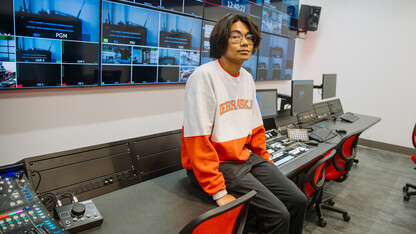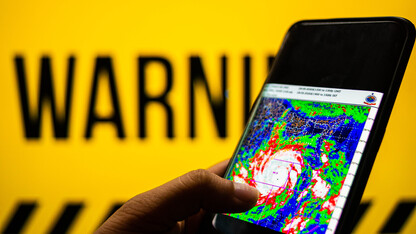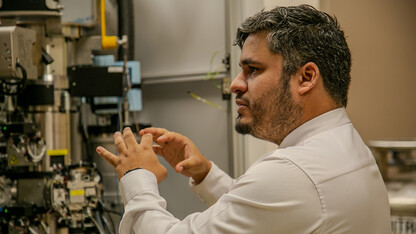· 2 min read
Emoji interpretations can vary by age, gender
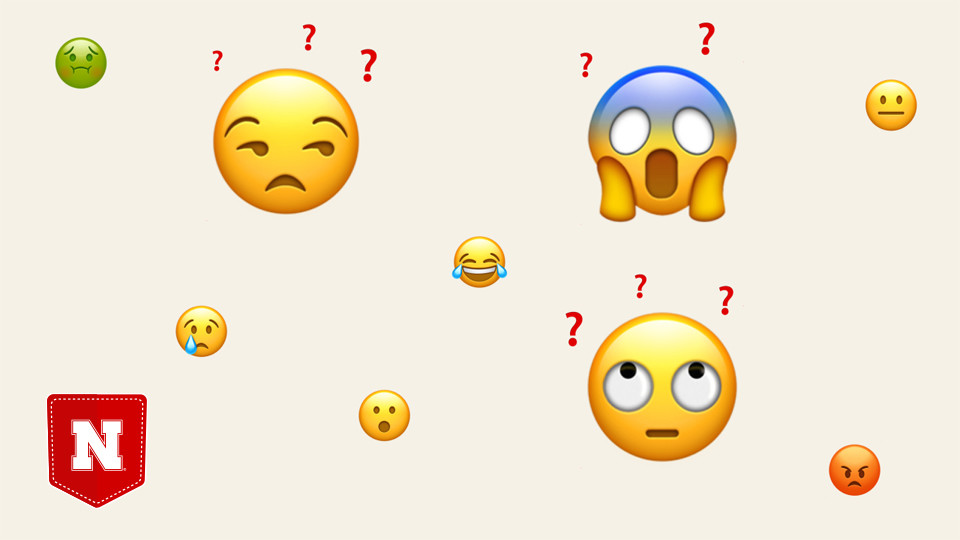
Welcome to Pocket Science: a glimpse at recent research from Husker scientists and engineers. For those who want to quickly learn the “What,” “So what” and “Now what” of Husker research.
What?
Emoji — the modern-day hieroglyphs plastered throughout text messages and apps — have gained popularity due to their convenience and seeming universality.
Yet just as words can carry multiple connotations, the meaning of some emoji may vary by context. Researchers have begun examining whether those meanings might also depend on the characteristics of senders and receivers.
So what?
Nebraska’s Bonita Sharif and colleagues surveyed internet users to determine whether interpretations of emoji differ by age and gender. Six of the nine emoji they tested — 😡, 😂, 😮, 😥, 🤢, 😐 — were interpreted similarly across age groups and between males and females.
But whereas younger respondents commonly interpreted 😒 as a signifier of anger, older respondents more often took it as disgust or one of several other emotions, including sadness. The meaning of 😱 generally shifted from surprise among young adults to fear among older ones. And interpretations of 🙄 varied by gender, with females frequently rating it as anger and males generally considering it more neutral.
The findings suggest the potential for mixed messages when using emoji to communicate across certain demographics.
Now what?
Future research should investigate the potential influences of culture, other demographic variables and the rendering of emoji themselves, the researchers said.
